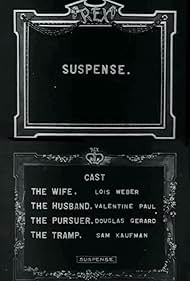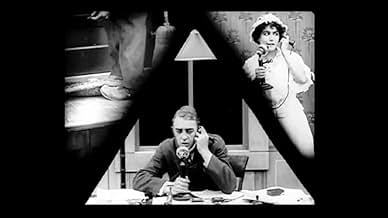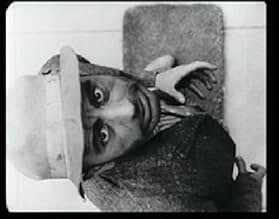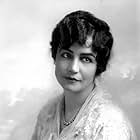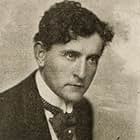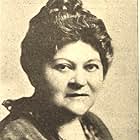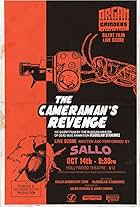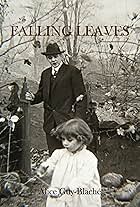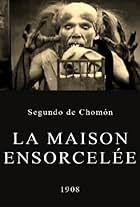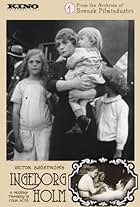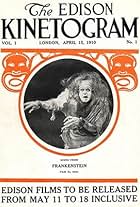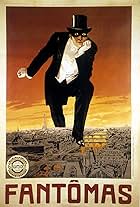IMDb RATING
7.4/10
2.3K
YOUR RATING
Abandoned by her maidservant in an isolated country house, a mother must protect herself and her baby from an invading tramp while her husband races home in a stolen car to save them.Abandoned by her maidservant in an isolated country house, a mother must protect herself and her baby from an invading tramp while her husband races home in a stolen car to save them.Abandoned by her maidservant in an isolated country house, a mother must protect herself and her baby from an invading tramp while her husband races home in a stolen car to save them.
- Awards
- 1 win
Photos
Val Paul
- The Husband
- (as Valentine Paul)
Douglas Gerrard
- The Pursuer
- (as Douglas Gerard)
Lon Chaney
- A Hobo
- (unconfirmed)
- (uncredited)
Lule Warrenton
- Mamie - The Maid
- (uncredited)
- Directors
- Writer
- All cast & crew
- Production, box office & more at IMDbPro
Storyline
Did you know
- TriviaA print survives in the National Film Archives in London and was preserved by the British Film Institute.
- ConnectionsFeatured in Hollywood (1980)
Featured review
Sometimes the simple approach works best, and in 1913 filmmakers were still working out the basics of what this thing called film-MAKING was and is all about. Suspense is the kind of movie that was at or around the same time of Griffith, who pioneered the use of inter-cutting between different stories. With this film, co-directed by Lois Webber (called in the film places I just looked up the first American woman director), it's a story in a quick ten minutes: after the maid decides to walk out on a mother and her infant (the husband is off at work), a "Pursuer" (aka a vagrant, a bum, a good old criminal) sees the maid leave and prowls around the house until he sees it's time to break in.
The title comes from what Hitchcock often described what suspense in cinema is all about: following what happens when we can see one story unfolding and another is taking place concurrently, but the bomb doesn't go off right away - it needs to take time, and the suspense all comes from when it will go off. In this case the bomb is the Pursuer, acting more like a wild animal than a rational human being (Douglas Gerrard as the Pursuer fills the role to the point of being terrifying most of all in the few close-ups that happen, which is just enough), and it's only a matter of time before it goes off.
There's so much creative direction here from Weber and Phillips Smalley, and it's impressive still today as a mini-masterpiece of filmmaking, where the structure is air-tight and yet there's enough time for set-up (showing this mother, her child, and the husband off in his office, and then the prowler as he goes up the property and through the windows), and then what happens when things escalate. All the shots matter, and yet there's a lot of experimenting with form: there's a moment where you see three subjects - the wife, the husband, the pursuer - all in the frame, and separated by triangles showing what's going on (this shows us why the phone line gets cut at a crucial moment). And even something as simple as a shot through a "keyhole" seems revolutionary for the time.
For younger people who have been raised on online video it may not seem like much. It even may be just slightly contrived around the fact that the husband's car is stolen literally under his nose. But that adds to the 'what will happen next', and the filmmakers keep the pace so quick and tight that there's barely a moment to think about the particulars. When you see an overhead shot of the Pursuer coming up to the door, it's quite terrifying just by the framing and how the actor fills it all like some hobo-demon. The fact that it comes from a woman director doesn't matter in a way - clearly Weber could direct with the best of any of her counterparts, including Griffith (and this is supposedly a remake of one of his own films, with some added visual tricks). It feels like such a simple story and yet so universal that it should probably be shown to any film student first day of class to say 'THIS is how it's done.'
The title comes from what Hitchcock often described what suspense in cinema is all about: following what happens when we can see one story unfolding and another is taking place concurrently, but the bomb doesn't go off right away - it needs to take time, and the suspense all comes from when it will go off. In this case the bomb is the Pursuer, acting more like a wild animal than a rational human being (Douglas Gerrard as the Pursuer fills the role to the point of being terrifying most of all in the few close-ups that happen, which is just enough), and it's only a matter of time before it goes off.
There's so much creative direction here from Weber and Phillips Smalley, and it's impressive still today as a mini-masterpiece of filmmaking, where the structure is air-tight and yet there's enough time for set-up (showing this mother, her child, and the husband off in his office, and then the prowler as he goes up the property and through the windows), and then what happens when things escalate. All the shots matter, and yet there's a lot of experimenting with form: there's a moment where you see three subjects - the wife, the husband, the pursuer - all in the frame, and separated by triangles showing what's going on (this shows us why the phone line gets cut at a crucial moment). And even something as simple as a shot through a "keyhole" seems revolutionary for the time.
For younger people who have been raised on online video it may not seem like much. It even may be just slightly contrived around the fact that the husband's car is stolen literally under his nose. But that adds to the 'what will happen next', and the filmmakers keep the pace so quick and tight that there's barely a moment to think about the particulars. When you see an overhead shot of the Pursuer coming up to the door, it's quite terrifying just by the framing and how the actor fills it all like some hobo-demon. The fact that it comes from a woman director doesn't matter in a way - clearly Weber could direct with the best of any of her counterparts, including Griffith (and this is supposedly a remake of one of his own films, with some added visual tricks). It feels like such a simple story and yet so universal that it should probably be shown to any film student first day of class to say 'THIS is how it's done.'
- Quinoa1984
- Apr 24, 2016
- Permalink
Details
- Release date
- Country of origin
- Languages
- Also known as
- The Face Downstairs
- Production company
- See more company credits at IMDbPro
- Runtime10 minutes
- Color
- Sound mix
- Aspect ratio
- 1.33 : 1
Contribute to this page
Suggest an edit or add missing content

